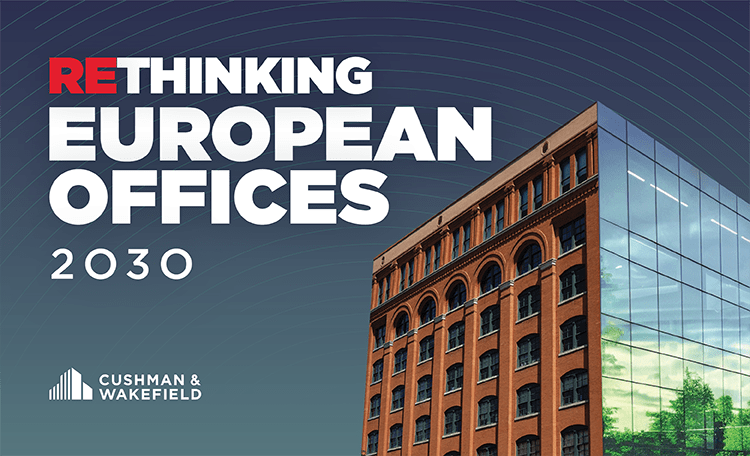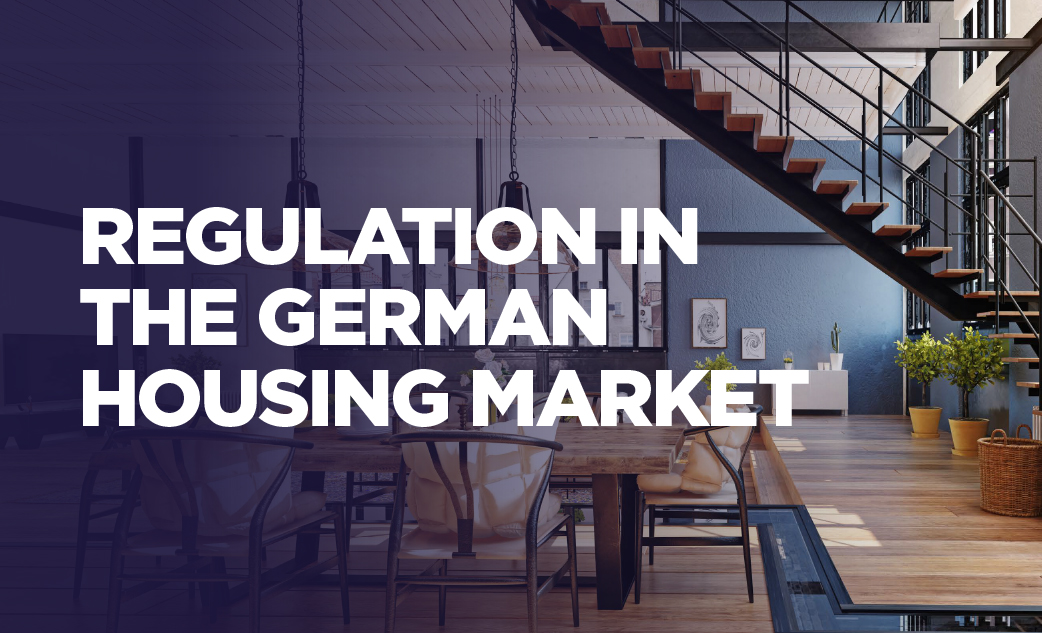Some 581,000 sq m of office space was let or assigned to owner-occupiers in Germany's top-five office markets in Q4 2022, according to international real estate consultancy firm Cushman & Wakefield. Overall, take-up for 2022 as a whole totalled 2.77 million sq m, which is on a par with the previous year (2.80 million sq m). The growth trend that prevailed until the end of the 3rd quarter was brought to an end by the low-take-up 4th quarter.
Low-take-up 4th quarter
Office take-up in Q4 2022 was significantly lower than the previous quarter (-23 per cent) and 38 per cent lower than the same period the previous year. There were only four large deals of 10,000 sq m or more in the quarter (full year 2022: 25). The largest of these, at around 14,000 sq m, was by the Bavarian Red Cross in Munich. The reason for the decline in take-up is a reluctance on the part of office occupiers that has been evident since late summer. The poor economic outlook is causing them to hesitate - especially when it comes to large requirements.
Christian Lanfer, Head of Office Agency Germany at Cushman & Wakefield, comments:
"Against the backdrop of multiple crises (Covid pandemic, inflation, war in Ukraine, energy supply), the office leasing market is actually surprisingly robust. The office remains the focus of users and must remain so: it will be used differently, more multidimensionally, but it will remain the focus of corporate life. This is one of the reasons why we expect take-up in 2023 to remain at the same level as in 2022. No growth impetus is currently foreseeable, but no decline either."
Munich and Berlin strongest office markets in terms of take-up
Berlin (177,000 sq m) and Munich (156,000 sq m) are the two markets with the highest take-up in Q4 - they also lead the statistics for the year as a whole. Compared to 2021, only Hamburg (+19 per cent) and Munich (+13 per cent) exhibited an increase in take-up - Düsseldorf (-6 per cent), Frankfurt (-14 per cent) and Berlin (-15 per cent) fell short of their previous year's results.

Vacancy rate rising steadily
Office vacancy in the top-5 markets stood at 4.4 million sq m at the end of Q4 2022. This corresponds to a vacancy rate of 5.7 per cent and is 0.5 percentage points higher than a year earlier. A further increase in vacancy to around 5 million sq m is expected for 2023. The reasons for this are restrained take-up and the high level of expected completions. Among the five markets, Hamburg has the lowest vacancy, both in absolute terms (665,000 sq m) and in terms of the vacancy rate (4.4 per cent). There has only been a slight increase here in recent quarters.

Completion volume slightly reduced
In Q4 2022, 230,000 sq m of office space was completed, bringing the total for the year as a whole to around 1.15 million sq m - three quarters of which was already let or assigned to owner-occupiers at the time of completion. This is 13 per cent below the previous year's figure, but 15 per cent above the average of the past five years.
As in the past, the highest figures are for Berlin (510,000 sq m) and Munich (250,000 sq m). In 2023, the completion volume will double to around 2.2 million sq m. Of this, 38 per cent is still available. The construction volume at the end of the fourth quarter is 4.0 million sq m, 7 per cent below the figure at the end of 2021, with Berlin (1.7 million sq m) and Munich (976,000 sq m) again making the largest contributions.
Prime rents continue to rise - particularly strongly in Düsseldorf
With the exception of Frankfurt, the achievable prime rent rose in all of the top-5 markets, in Berlin, Munich and Hamburg by EUR 0.50 per sq m per month in the course of the quarter. In Düsseldorf, the achievable prime rent jumped by EUR 5.00 (+17 per cent) within a single quarter, to EUR 35.00 at the end of Q4 2022.
On the supply side, there is an increasingly high-quality supply of space in prime locations in Düsseldorf, particularly in development projects. ESG compliance and increased construction costs are also pushing up rents. On the demand side, lawyers and management consultants are currently seeking and renting space; they have high requirements in terms of location and fit-out quality and are willing to pay high rents. Attractive offices in a hybrid working environment play just as much a role here as lower ancillary costs for energy in modern buildings.
Compared to the end of 2021, higher prime rents are achieved in all markets - from EUR +1.00 in Frankfurt to EUR +6.50 in Düsseldorf. The prime rent index for the top-5 markets stands at 156.5 points (2010=100) at the end of Q4 2022. This means an increase of 8.5 per cent in the 12-month period. C&W expects a further increase in prime rents in 2023.
Rent-free periods in prime central locations will be more generous compared to the previous year. In relation to a 5-year lease, they average 5.8 per cent across the top-5 markets.





